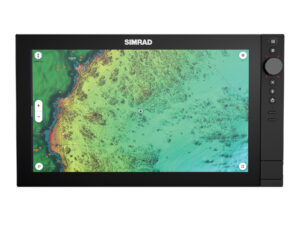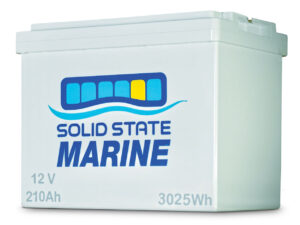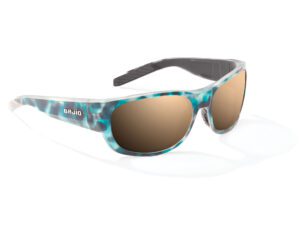There are two main lenses, or groups of lenses, inside a pair of binoculars. The front lens (the one farthest from your eyes) is the objective. This collects light from what you are looking at and focuses it into a small, bright image within the darkened tube. The eyepiece magnifies the objective’s virtual image and turns it right side up. There has to be a minimum distance between these two, and binoculars use internal prisms to achieve that distance in a housing of small size.
Most binoculars are marked with two numbers, such as 7 x 50. The first number is magnification. A “7” means the binoculars will make objects appear seven times larger than they would to the naked eye. The second number, “50,” is the diameter of the objective lens in millimeters. A larger diameter produces a sharper and brighter image. The standard boating binocular is a 7 x 50. Any more magnification than 7 is too hard to hold steady, and any objective diameter greater than 50 millimeters makes the binoculars too heavy to hold comfortably.
If you divide the objective diameter by the magnification, you get the diameter of the bright spot that you see in the eyepiece. On a 7 x 50 binocular, this is 7 millimeters — about the size of a young adult’s pupil. As you get older, your pupils get smaller — a 50-year-old’s pupil is about 4 millimeters in diameter.







